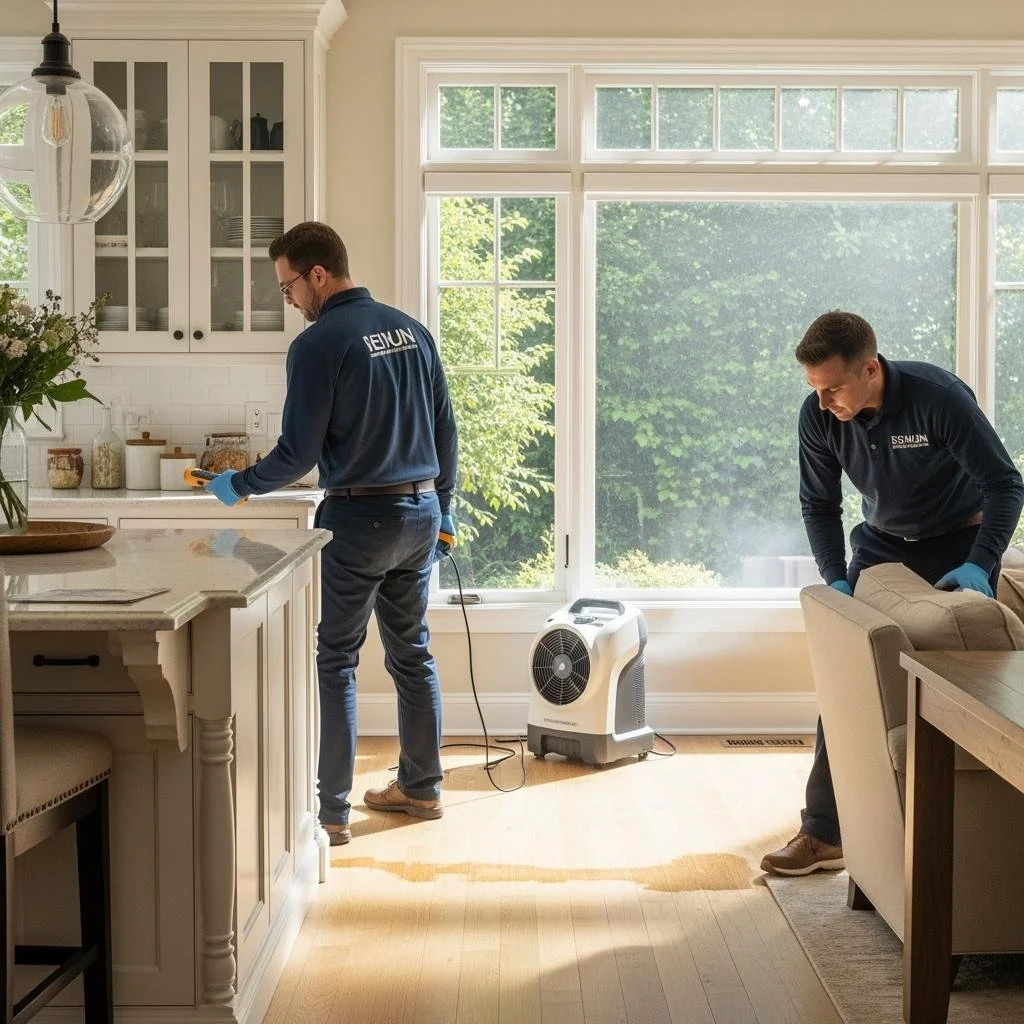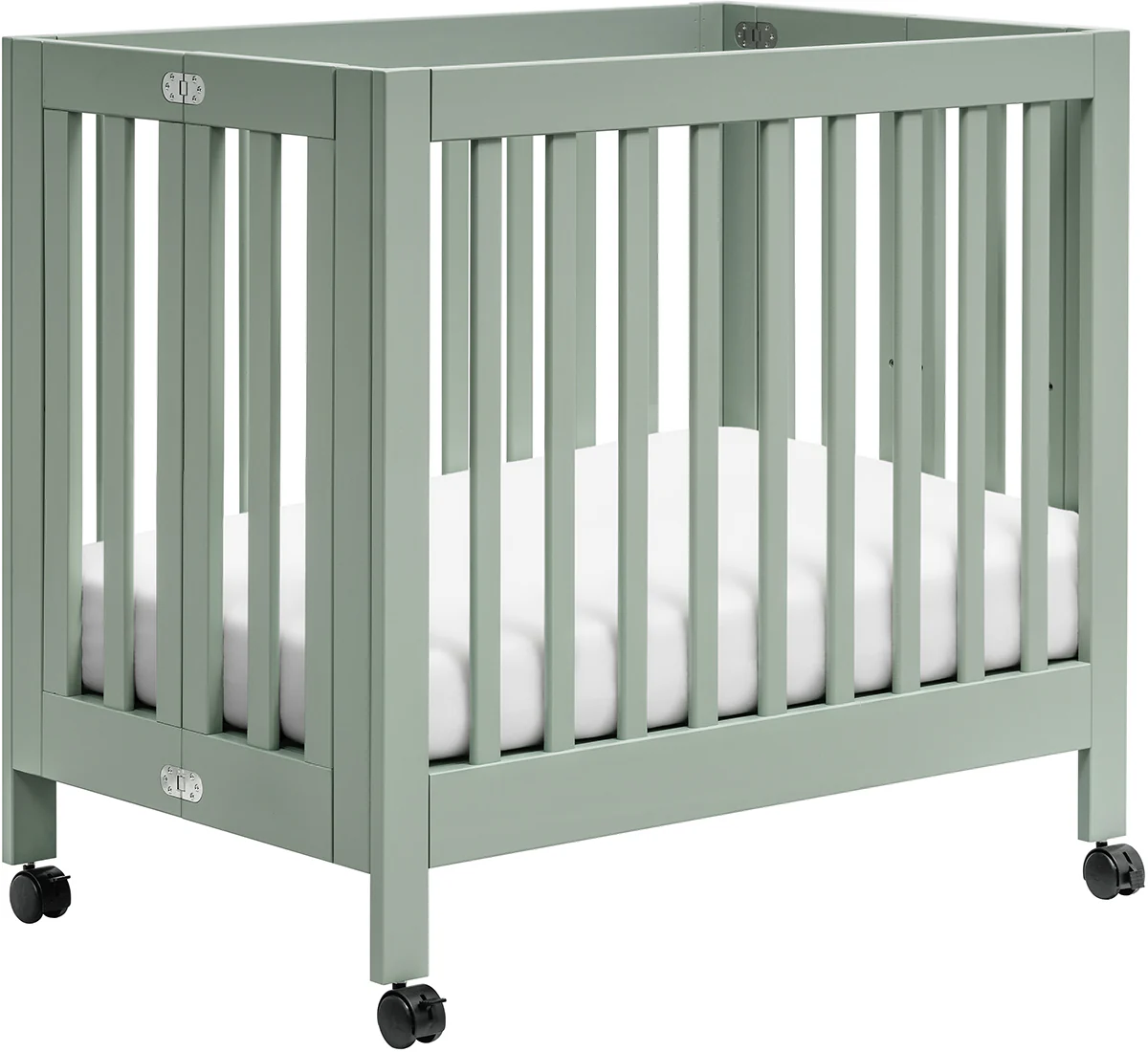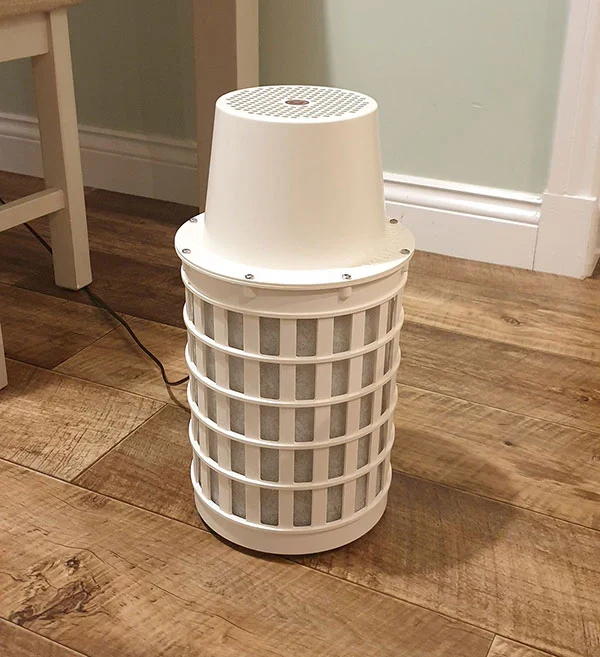Gardening has long been celebrated as a therapeutic escape—a space where time slows down, the mind quiets, and the soul reconnects with nature. For many, it’s not just about cultivating plants, but about cultivating peace. However, even the most passionate green thumbs can find themselves overwhelmed, exhausted, or disconnected from the joy they once felt digging in the dirt.
In this article, we’ll explore practical, heart-centered ways to make gardening joyful again. From enlisting the help of professionals to using the right tools and techniques, we’ll show you how to reclaim gardening as a source of happiness, not stress. Whether you're managing physical limitations, battling burnout, or simply want to fall in love with your garden all over again, these tips will help you nurture not just your plants—but yourself.
No. 1
Gardening: More Than Just a Hobby
Gardening is more than a weekend activity—it’s a form of self-care. Studies have shown that spending time in the garden can significantly reduce stress, improve mood, and even boost physical health. The act of planting, nurturing, and watching life grow offers a sense of accomplishment and connection that’s hard to replicate elsewhere.
But like any hobby, gardening must remain enjoyable to be beneficial. When it starts to feel like a chore, its therapeutic benefits begin to fade. That’s why it’s essential to approach gardening in a way that feels manageable, sustainable, and—most importantly—joyful.
No. 2
Let Go of the “Perfect Gardener” Myth
It’s easy to fall into the trap of thinking that to be a “real gardener,” you must do everything yourself. But that mindset can quickly turn a joyful activity into a burden. The truth is, you don’t need to do it all alone—and you don’t need to be perfect to reap the healing benefits of gardening.
If mobility issues, time constraints, or mental fatigue are getting in the way, there’s nothing wrong with asking for help. In fact, getting support can free you up to focus on the parts of gardening that truly bring you joy—whether that’s planting flowers, harvesting herbs, or simply sitting in your garden with a cup of tea.
No. 3
Work With Someone Who Can Keep Your Soil Healthy
Healthy soil is the foundation of a thriving garden. But maintaining it can be more complex and time-consuming than many hobbyists realize. From balancing nutrients and adjusting pH levels to refreshing mulch and improving texture, a quality soil supply requires consistent attention.
Why Soil Health Matters:
It determines how well your plants absorb water and nutrients
It affects plant growth, resilience, and bloom quality
Poor soil can lead to disease, pests, and stunted growth
Working with a local soil expert can take the guesswork out of the equation. They can help you test your soil, recommend the right amendments, and ensure your garden bed is primed for success. With their guidance, you can focus on the fun parts—like choosing what to grow and watching it flourish.
Terrain
Indoor and outdoor living, garden, and entertaining essentials that are well-designed, lasting, and beautiful.
No. 4
Work With a Lawn Expert
Let’s be honest—mowing the lawn is rarely the highlight of anyone’s gardening experience. It’s repetitive, time-consuming, and often the very task that makes your garden feel like a list of chores rather than a sanctuary.
Benefits of Hiring a Lawn Care Professional:
Keeps your grass healthy and well-trimmed
Frees up your time for more enjoyable gardening tasks
Enhances the overall look and feel of your outdoor space
A professional lawn care service can help maintain your yard so that when you step outside, you’re greeted by a peaceful, inviting space—not a to-do list. This small shift can make a big difference in how you experience your garden.
No. 5
Work With the Right Tools—or Someone Who Has Them
Some gardening tasks are soothing—like planting, watering, and pruning. Others, like reshaping uneven terrain or improving drainage, require heavy-duty equipment and technical know-how.
And that’s okay.
You don’t need to own a shed full of machinery to be a gardener. If you’re facing larger projects or physical limitations, it’s perfectly reasonable to call in a professional who has the right tools and experience.
When to Call in the Pros:
Installing new landscaping features
Fixing drainage issues
Preparing large areas for planting
By outsourcing the heavy lifting, you can create a more functional garden space that’s easier to maintain—and more enjoyable to spend time in.
No. 6
Reclaim the Joy: Focus on What You Love
Ultimately, the key to joyful gardening is focusing on what you love most. Maybe it’s the smell of fresh soil, the satisfaction of harvesting your own vegetables, or the beauty of blooming flowers. Whatever it is, make that your priority.
Ways to Reconnect With the Joy of Gardening:
Create a small sensory garden with fragrant herbs and colorful blooms
Start a container garden for easier access and less maintenance
Invite friends or family to garden with you—it’s more fun together
Keep a garden journal to track progress and celebrate small wins
Take breaks and simply enjoy your space—no tasks required
Gardening doesn’t have to be all-or-nothing. Even small moments of connection with your garden can bring peace and pleasure.
Takeaways
As we've explored in this article, gardening should be a source of joy—not stress. Whether you’re a seasoned green thumb or a beginner with a few pots on the balcony, the key is to make it work for you. That means letting go of perfection, embracing help when needed, and focusing on the parts of gardening that light you up inside.
By working with experts, using the right tools, and simplifying where you can, you create space to reconnect with the reasons you started gardening in the first place. You’re not just growing plants—you’re growing peace, purpose, and presence.
So take a deep breath, step into your garden, and remember: this is your sanctuary. Let it be a place of healing, joy, and renewal—one bloom at a time.
Helpful Resources for Joyful Gardening
Let gardening be your joy again—because you deserve a space that nurtures you, just as much as you nurture it.
Looking for Home resources?
Looking to enhance your living space and create a sanctuary that supports your well-being? Explore our home partners who offer a wide range of resources to elevate your home environment.




























































































































































